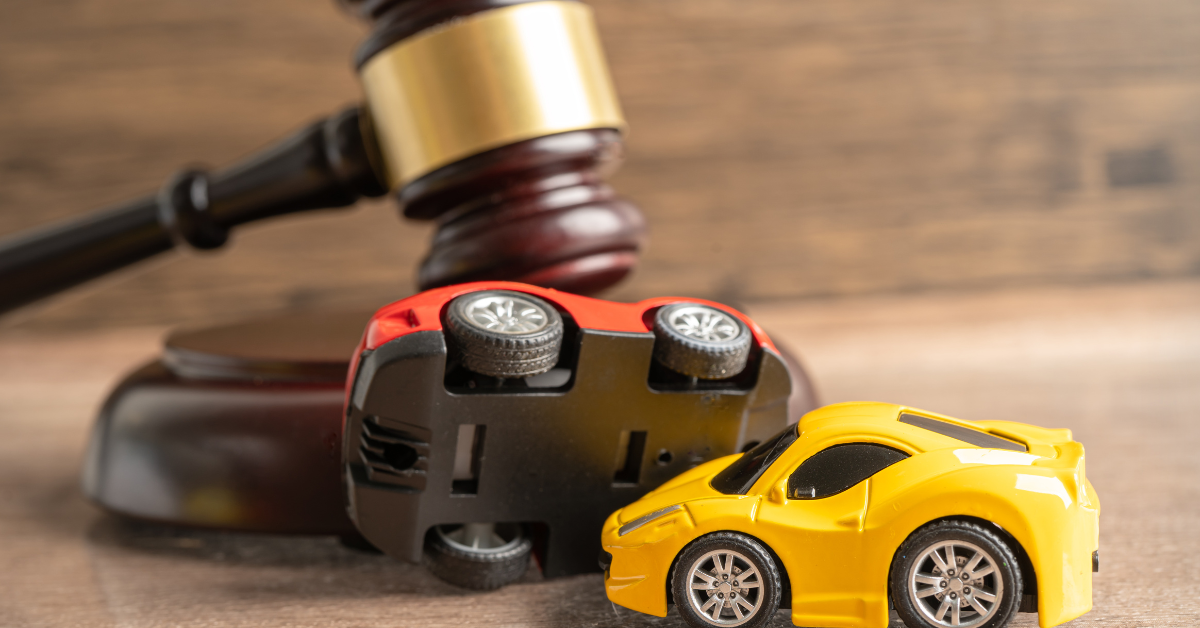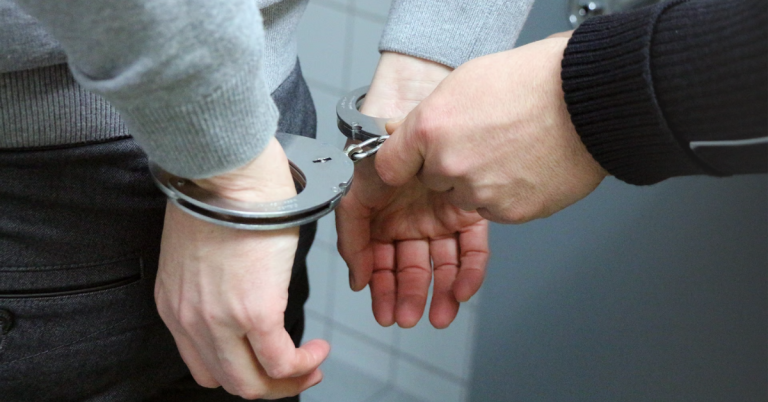The Process of an Auto Accident Lawsuit: Step-by-Step Breakdown

Navigating the aftermath of an auto accident can be overwhelming, especially when it comes to understanding the legal process. If you’re considering pursuing a lawsuit, knowing what to expect can help ease some of the stress and prepare you for what lies ahead.
This guide provides a step-by-step breakdown of the auto accident lawsuit process, from filing the initial claim to reaching a settlement or going to trial. Whether you’re dealing with insurance companies or preparing for court, understanding each stage will empower you to make informed decisions and protect your rights. Read on!
Step 1: Seek Medical Attention and Document the Accident
After an accident, your health and safety are the most important. Make sure to seek medical attention immediately, even if you think your injuries are minor. Sometimes, injuries may not become apparent until days later.
Documenting the accident is crucial. Take photos of the scene, your vehicle, and any visible injuries.
Step 2: Consult an Attorney
Consulting with an attorney who specializes in auto accidents can provide valuable guidance. A lawyer can help you understand your rights, the potential value of your claim, and the best course of action. Many attorneys the ones from Ruppersburg Injury & Accident Attorneys offer free initial consultations, so you can explore your options without financial risk.
Step 3: Investigation and Gathering Evidence
Once you hire an attorney, they will begin investigating your case. This involves gathering evidence such as medical records, witness statements, accident reports, and any available video footage. Your attorney may also work with accident reconstruction experts to build a strong case on your behalf.
Step 4: Filing the Lawsuit
Your attorney will bring a lawsuit on your behalf if settlement talks fail to produce a just offer. This entails putting together a formal document known as a complaint that contains your claims and the damages you’re requesting. The complaint is then filed in the appropriate court and served to the defendant (the party you are suing).
Step 5: Discovery Phase
During the discovery phase, both sides exchange information and evidence related to the case. This can include written questions (interrogatories), requests for documents, and depositions (sworn statements taken in front of a court reporter).
Step 6: Pre-Trial Motions and Negotiations
Both parties may submit pre-trial motions to address particular legal matters prior to the start of the trial. For instance, they could ask to have some evidence excluded or to have some of the cases dismissed. Settlement negotiations can go on during this period.
Step 7: Trial
If the case does not settle, it will proceed to trial. During the trial, both sides present their evidence and arguments to a judge or jury. Witnesses may be called to testify, and experts may provide opinions. It’s best if you can have a legal representation. After hearing all the evidence, the judge or jury will make a decision regarding liability and damages.
Step 8: Verdict and Potential Appeals
If you win your case, the court will award you damages, which can include medical expenses, lost wages, property damage, and pain and suffering. If either party is unhappy with the verdict, they may choose to appeal the decision. An appeal involves a higher court reviewing the case for legal errors.
Read Also: How to Strengthen Your Car Injury Lawsuit: Tips from Legal Experts
Exploring an Auto Accident Lawsuit
Going through an auto accident lawsuit can be a lengthy and complex process. However, understanding the steps involved can help you better prepare and cope with the challenges ahead. Always seek professional legal advice to ensure your rights are protected and to improve your chances of obtaining fair compensation.
For more topics aside from the auto accident legal process, visit our blog!






